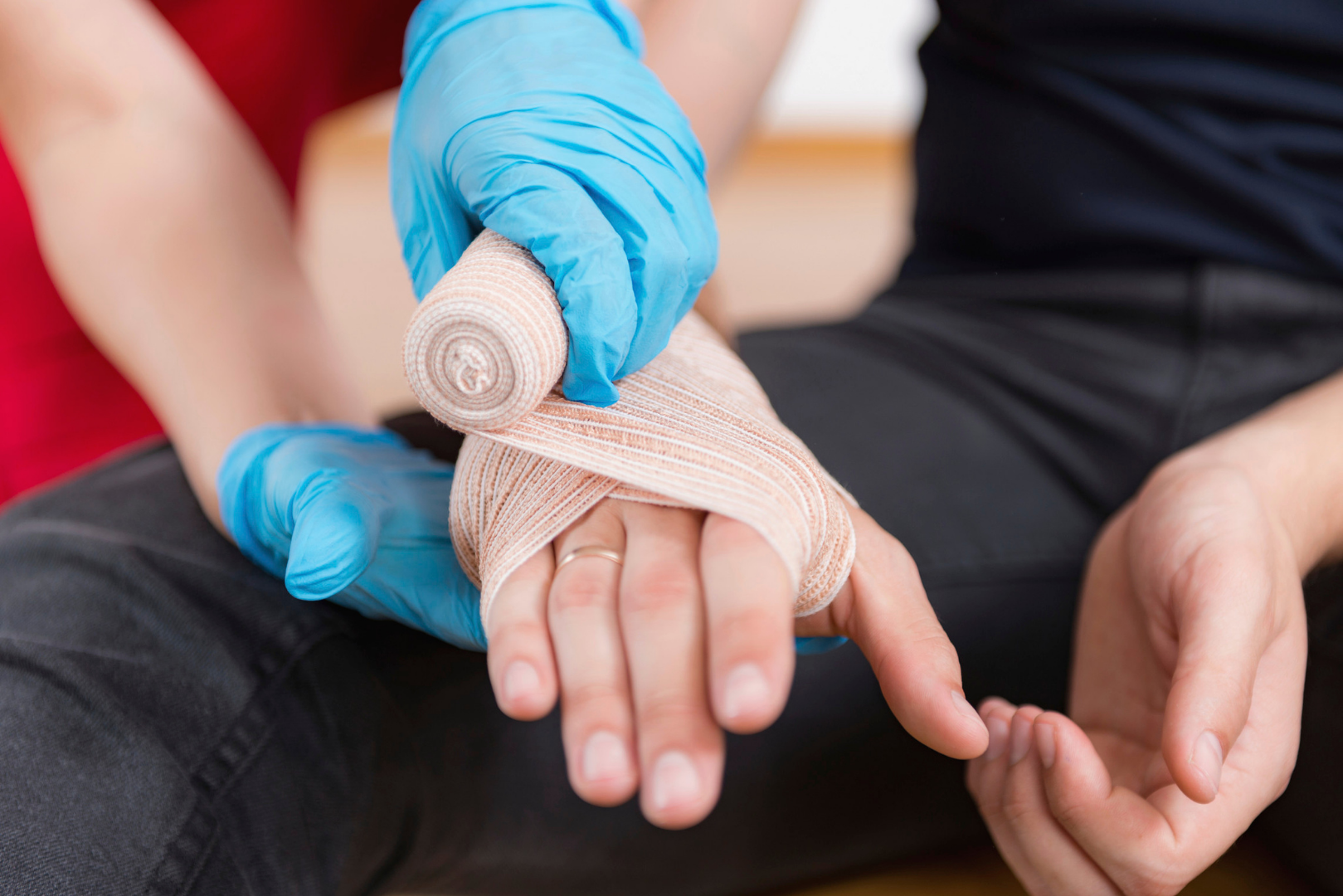Wound dressing technology seems to be in a constant rise—and with good timing, as the current world situation places much of the spotlight on our healthcare systems. Just this year we reported on potential new bandages which adapt the use of magnesium hydroxide (Mg(OH)2) nanosheets for its antimicrobial properties; likewise, new developments into hydrogels make them possible for use as treatment for diabetic skin ulcers.
All in all, these wound dressing developments want to keep out as much of the otherwise deleterious elements as possible, and make sure that the wound that it protects manages to heal completely and relatively quickly. In the same vein, this new wound tech development from the University of South Australia (UniSA) chases the same goal; however, this new technology chases after burn wounds, and uses a controlled release of silver nanoparticles to do its job.
The new technology is being developed in response to results from two earlier studies on wound treatments by the team, published in the journals Acta Biomaterialia and Biomedicines.
To be specific, the technology uses a dressing coated with a hydrogel that contains silver (Ag) nanoparticles within it; this hydrogel is then paired with what the team calls “proprietary ingredients” which respond to both pH and temperature changes during use. The hydrogel in question, on the other hand, is applied topically to burn wounds.
The researchers expect the wound to experience both temperature and pH changes in the onset of infection; once the respective sensitive components detect changes in these values, the nanoparticles previously locked within the hydrogel are then released.
Similar to how the zinc in zinc oxide bandages work, these silver nanoparticles also release silver ions, which are then readily absorbed into—then subsequently deactivate the biological function of—bacterial biocomponents like DNA and cell membrane.
The research team hopes to target child burn victims, as “wound infection and sepsis are daily problems for children with burn injuries,” according to lead author Dr. Zlatko Kopecki. “These advanced, ‘on-demand’ silver nanoparticle dressings will regulate inflammation while promoting tissue regeneration, making this a much safer and effective treatment for children.”
Professor Krasimir Vasilev, a collaborator who’s also from UniSA, continued: “Currently there are no responsive wound dressings on the market. This collaborative effort will enable the utilisation of smart materials to the benefit of patients and clinicians.”
Finally, in the words of Dr. Kopecki: “Silver-based wound care products can inhibit the growth of bacteria, but they can also cause toxicity when they deliver too much silver to wounds. Our treatment is unique in that it capitalizes on the antibacterial properties of silver, but avoids over-exposure, by only activating when infection is present.”\
References
- Coxworth, B. (2021, November 15). Wound dressing releases silver nanoparticles when infections occur. New Atlas. https://newatlas.com/medical/responsive-silver-burn-wound-dressing/
- Haidari, H., Bright, R., Garg, S., Vasilev, K., Cowin, A. J., & Kopecki, Z. (2021). Eradication of mature bacterial biofilms with concurrent improvement in chronic wound healing using silver nanoparticle hydrogel treatment. Biomedicines, 9(9), 1182. https://doi.org/10.3390/biomedicines9091182
- Haidari, H., Bright, R., Strudwick, X. L., Garg, S., Vasilev, K., Cowin, A. J., & Kopecki, Z. (2021). Multifunctional ultrasmall AgNP hydrogel accelerates healing of S. aureus infected wounds. Acta Biomaterialia, 128, 420–434. https://doi.org/10.1016/j.actbio.2021.04.007
- University of South Australia. (2021, November 15). Advanced wound dressings to change how burns are treated in children. University of South Australia. https://unisa.edu.au/media-centre/Releases/2021/advanced-wound-dressings-to-change-how-burns-are-treated-in-children/











